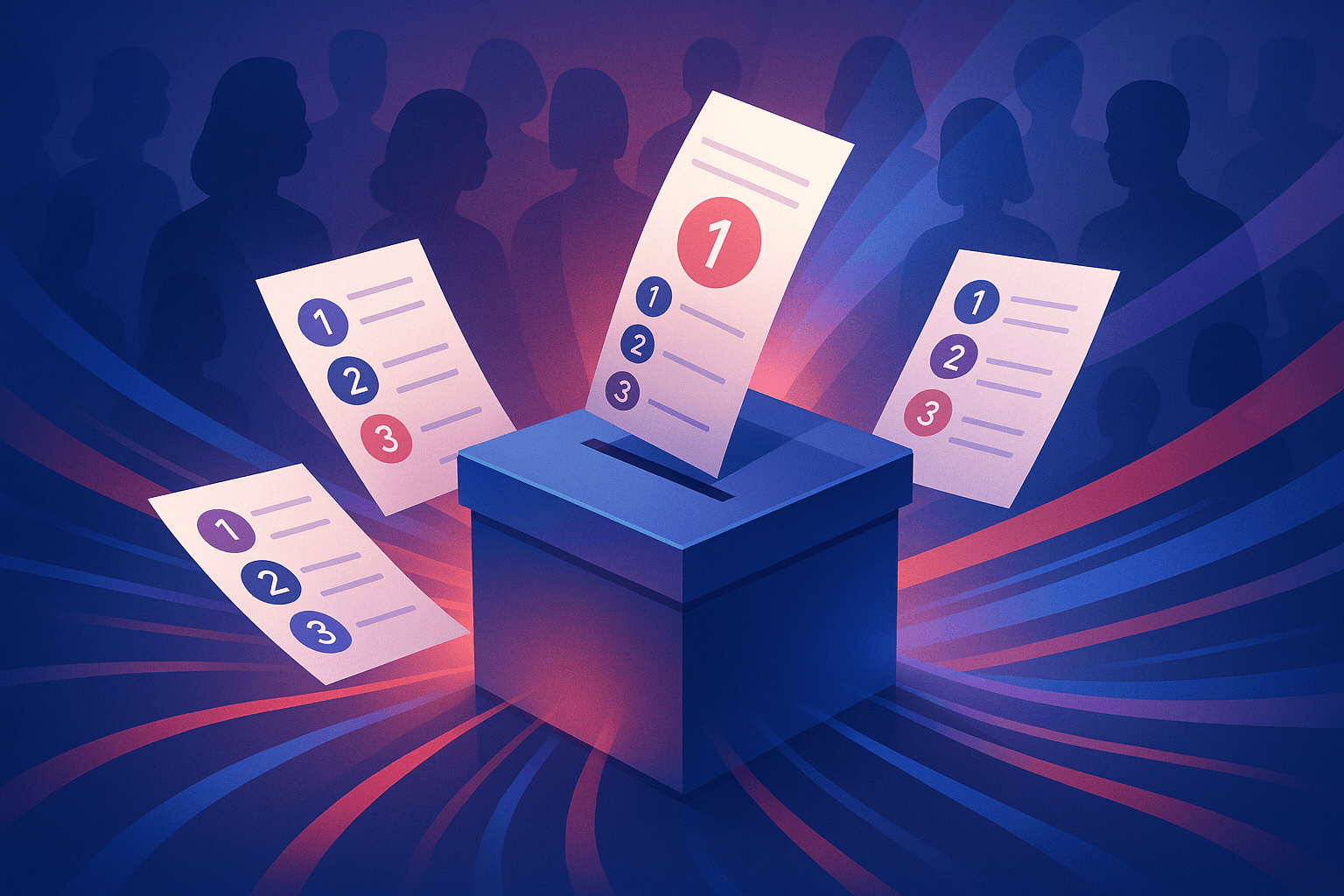Trump vs Congress: New Tariffs May Spark More Than a Trade War

A new bill in Congress was introduced to place limits on the president's authority to impose unilateral tariffs without congressional approval. President Trump has threatened to veto the bill, which will put him at odds with fellow Republicans.
The Trade Review Act of 2025 has amassed bipartisan support, including 7 Republican senators who have signed on to the legislation. Republican US Sen. Chuck Grassley stated:
“For too long, Congress has delegated its clear authority to regulate interstate and foreign commerce to the executive branch. Building on my previous efforts as Finance Committee Chairman, I’m joining Senator Cantwell to introduce the bipartisan Trade Review Act of 2025 to reassert Congress’ constitutional role and ensure Congress has a voice in trade policy."
The bill does 3 main things:
- It requires the president to notify Congress 48 hours in advance of the imposition of new tariffs and explain the reason for the tariffs.
- It requires the administration to provide an assessment of the new tariffs or duties and their potential impact on US businesses and consumers.
- It places an expiration on new tariffs. If Congress does not pass a joint resolution approving them, they will sunset after 60 days.
Grassley was among the original co-sponsors of the bill. He was joined by Sens. Maria Cantwell (D-Wash.), Jerry Moran (R-Kan.), Amy Klobuchar (D-Minn.), Lisa Murkowski (R-Ark.), Mark Warner (D-Va.), and Mitch McConnell (R-Ky.).
But those aren't the only Republicans who have signed on since its introduction on April 4. Thom Tillis (N.C.), Todd Young (Ind.) and Susan Collins (Maine) have also indicated their support for it.
Nebraska US Rep. Don Bacon has sponsored the House version of the bill and says he is building support in the lower chamber as well He said, "It's time that Congress restores its authority here."
This is not an isolated sentiment in the Republican Party, evidenced by the members of Congress that have already signed onto the legislative effort and additional comments made by lawmakers like Rand Paul.
In fact, free trade is one of the few remaining policies that many Republican and Democratic politicians are willing to act in agreement. Though it still faces a tough road in Congress, Trump has already threatened a veto.
“If passed, this bill would dangerously hamper the president’s authority and duty to determine our foreign policy and protect our national security,” the White House said in a statement.
The Trade Review Act could mark the first major fight between the 119th Congress and Trump. So, how much authority does the president have to impose tariffs and where does this authority originate?
Why The President Can Impose Tariffs in the First Place
The president's authority to impose tariffs does not come from the US Constitution, but Congress -- which has delegated some of its own tariff and trade powers to the executive branch.
However, the ways presidents of both major political parties have used laws passed by Congress have gone beyond the scope and intention of the law.
The Trade Expansion Act of 1962, for example, was the first major piece of legislation that paved the road to where the US is at today with trade policy. Specifically, Section 232 of the law.
Section 232 gives the president authority to impose tariffs on imported goods that pose a threat to national security. What constitutes a national security threat, however, has been subject to different interpretations.
Section 232 was used by presidents like Ronald Reagan and George W. Bush for reasons largely viewed as legitimate.
For example, Reagan invoked Section 232 in 1986 to launch an investigation into the impact machine tool imports from Japan and Taiwan had on the US's defense manufacturing capacity.
The Commerce Department agreed that a weakened machine tool industry in the US could endanger defense readiness. Tariffs were considered, but in the end, they were not imposed.
The Reagan administration negotiated an agreement with Japan and Taiwan to limit their machine tool exports to the US for 5 years while domestic manufacturers were incentivized to build and modernize their industry.
This strategy was called "strategic protectionism" -- narrow, temporary, and paired with a long-term plan. Reagan's use of Section 232 was meant to have the precision of a surgical instrument, not the blunt force of a hammer.
The long-term outcome was mixed. Some US companies were able to modernize while others were not able to keep up with global innovations. However, it avoided a trade war with Japan.
Later, Bush also invoked Section 232 to launch an investigation into oil imports -- but this too would not lead to tariffs. It wouldn't be used for sweeping tariffs until Trump's first term.
The Irony of Using the Trade Expansion Act for Tariffs
The Trade Expansion Act became law during the Kennedy administration. It was a part of a broader US response to a changing international market that included the newly established European Economic Community (now the EU).
The US wanted to ensure its industries remained competitive.
The irony of using the Trade Expansion Act to impose tariffs is that free trade was one of the main goals of the bill. The law authorized the president to negotiate tariff reductions of up to 50% with other countries.
It also encouraged stronger economic ties with Europe as both a Cold War strategy to counter Soviet influence and a way to establish free trade. Kennedy argued that trade was not a threat but an engine of opportunity.
Section 232 wasn't a headline feature of the bill. It was meant to be a safety valve. It was Cold War logic that the president should act quickly if anyone attempted to weaken the US by targeting its industries.
Section 232 has only been invoked a few times since 1962, and instead of sweeping tariffs, it has more often resulted in minor trade restrictions and/or diplomatic negotiations.
Still, the law delegated broad authority to the executive branch to use its discretion wisely. It also opened the door for more bills down the line that would continue a trend of Congress ceding trade powers.
This included the Trade Act of 1974 and the International Emergency Economic Powers Act of 1977.
The first allows the president to impose tariffs against countries that engage in unfair trade practices. The latter allows the president to regulate commerce after declaring a national emergency.
These laws have been the subject of much debate over the decades, but their broad language also meant few legal limits. Thus, if Congress is upset with the way a president unilaterally handles trade policy, it only has itself to blame.
Will Congress Try to Put a Check on the President?
Trump has used all of these laws to justify sweeping tariffs in his first term and more recently in his second term, as did Democratic presidents like Barack Obama and Joe Biden.
The two institutions that could put a check on the president are the courts if they determine a president is overstepping authority granted by law or Congress can pass new laws like the Trade Review Act of 2025.
This is, after all, how the government was designed to function. Based on recent public opinion data, it seems like voters -- especially independents -- would like to see Congress do its job.
 Shawn Griffiths
Shawn Griffiths




